News
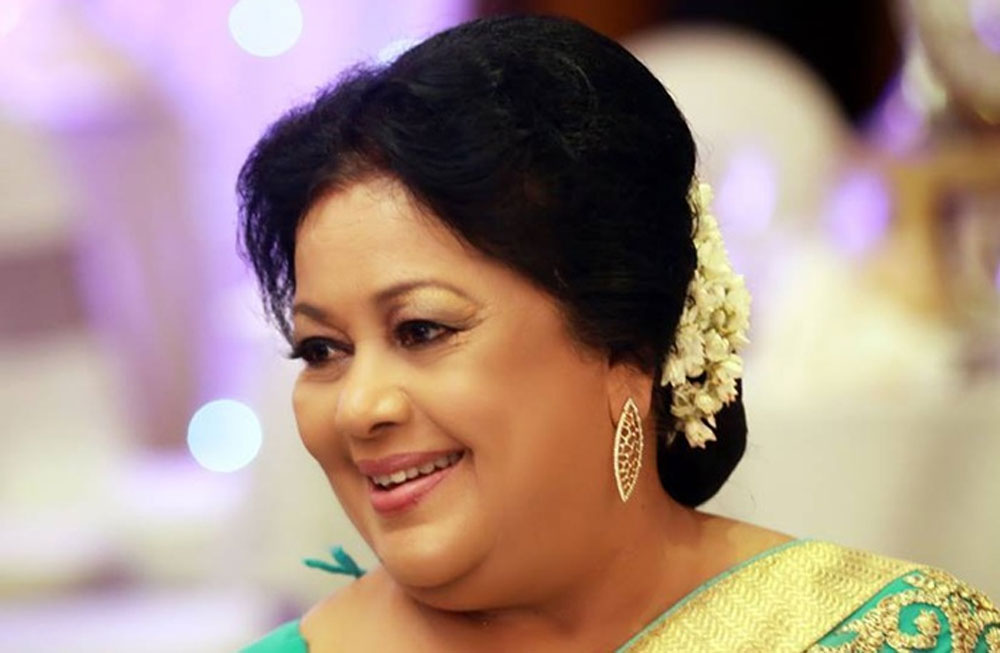
Malini Fonseka, the ‘Queen of Sri Lankan Cinema’, passes away
Sri Lanka is mourning the loss of a cinematic legend.
Malini Fonseka, revered across generations as the “Queen of Sri Lankan Cinema,” passed away this morning at the age of 76 while receiving treatment at a private hospital in Colombo. Her death marks the end of an era in Sri Lankan arts and cinema, with tributes pouring in from across the country and beyond for a career that spanned more than seven decades.
Born to perform, Fonseka began her artistic journey on stage in 1963 and quickly rose to national prominence after winning Best Actress at the 1969 National State Drama Festival. Just five years earlier, she had taken the stage in the play Noratha Ratha, setting the foundation for what would become a groundbreaking career across theatre, cinema, and television.
Her entry into film came in 1968 with Punchi Baba, directed by Tissa Liyansooriya. That same year, she featured in Abudasse Kale, Dahasak Sithuwili, and Adarawanthayo, asserting her position as a rising star in Sinhala cinema. She went on to act in over 140 films, captivating audiences with unforgettable performances in Hingana Kolla (1980), Aradhana (1982), and Yasa Isuru (1983)—all of which earned her Sarasaviya Best Actress Awards.
Fonseka also took Sri Lankan cinema to international stages, notably co-starring with Indian Tamil cinema legend Sivaji Ganesan in Pilot Premnath (1978). She was honoured with a Special Jury Award at the Moscow International Film Festival in 1975 and received further acclaim at the New Delhi Film Festival in 1977, becoming the first Sri Lankan actress to receive such global accolades.
Her talents were not confined to acting. Fonseka broke new ground as the first female teledrama director in Sri Lanka, directing and acting in Nirupamala. She went on to direct three films—Sasara Chetana (1984), Ahimsa (1987), and Sthree (1991). On the small screen, she remained a household name, winning the Sumathi Best Teledrama Actress Award for her roles in Pitagamkarayo and Kemmura, and delivering memorable performances in Manalada Puthe Kiri Dunne, Ambu Daruwo, and Sanasili Suwanda.
In 2010, her legacy was cemented globally when CNN named her among Asia’s 25 Greatest Film Actors of All Time.
Even in her later years, Fonseka continued to captivate audiences. In 2024, she appeared in the music video Eya Wasanthaya Nowe by Chapa Jayaruk, earning praise for her poignant performance and reaching a new generation of fans.
Beyond her artistic endeavours, Fonseka also served as a Member of Parliament, accepting the role in support of then-President Mahinda Rajapaksa. Her contribution to public life reflected her commitment to national service, both on and off the screen.
Fonseka's list of accolades is both long and distinguished. She received the Wishva Prasadhini Award from the President of Sri Lanka in 1996, alongside numerous Presidential Awards, OCIC Awards, and twelve consecutive Slim Nielsen People’s Awards. In 2003, she was celebrated at the BMICH in a grand felicitation ceremony titled Maliniye, attended by then-President Chandrika Bandaranaike Kumaratunga. In 2008, the Sri Lankan Consulate in Los Angeles hosted an event in her honour, and in 2019 she received the Janabhimani Honorary Award.
Malini Fonseka’s enduring presence in Sri Lankan arts has left a profound cultural legacy. Her voice, performances, and influence shaped not just the film industry, but the very identity of Sri Lankan creative expression.
She will be remembered not only for her extraordinary talent and groundbreaking achievements but also for her deep connection with audiences, which remained unshaken for more than half a century.
Funeral arrangements will be announced in due course.
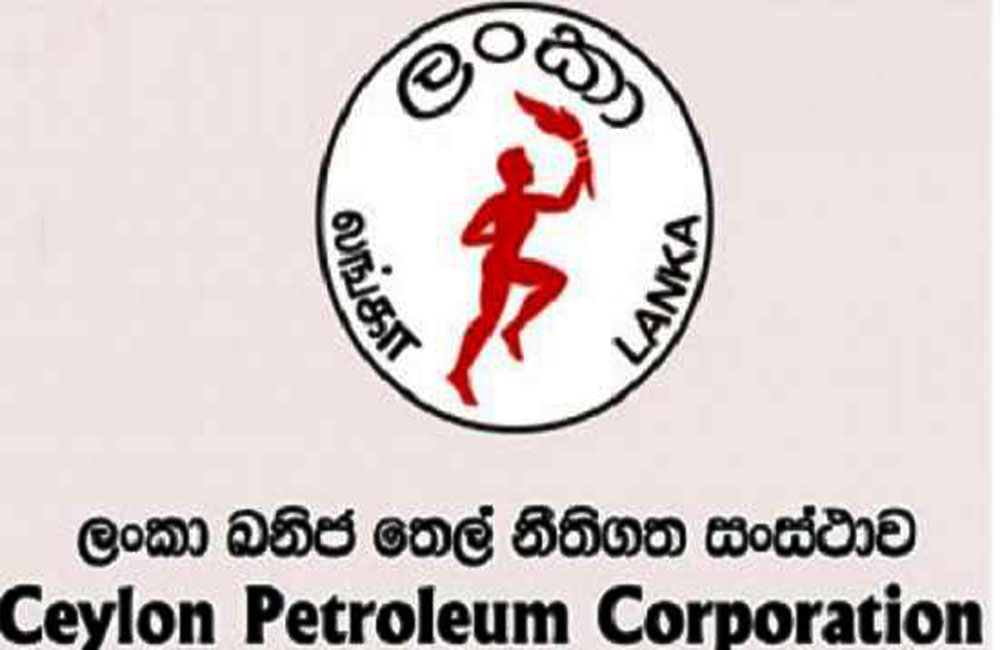
CPC Introduces Digital Fuel Card System for Government Vehicles
In line with the government's digital transformation policy, the Ceylon Petroleum Corporation (CPC) has launched a new digital fuel card system aimed at enhancing efficiency and curbing irregularities in the distribution of fuel to government vehicles.
Speaking over the phone, Dr. Mayura Neththikumarage, Managing Director at the CPC, said that under this initiative, all government vehicles will be issued a dedicated digital fuel card.
He went on to note that fuel can be obtained from any CPC (Ceypetco) filling station islandwide, offering greater flexibility and convenience for government institutions.
He further explained that the new system will significantly reduce the documentation process, making fuel distribution and record-keeping more efficient.
Dr. Neththikumarage also emphasized that each vehicle will be assigned a unique card, which will help ensure transparency and traceability in fuel usage across all state institutions.
The digital fuel card system is expected to contribute to better accountability, operational efficiency, and improved governance in public sector fuel management.

Miss Indonesia wins talent final at Miss World 2025
In a spectacular celebration of global artistry and cultural diversity, the 72nd Miss World Festival marked one of its most anticipated events – Miss World Talent Final – held yesterday at the esteemed Shilpakala Vedika in Hyderabad, Telangana.
The event showcased the brilliance, creativity, and passion of 24 exceptionally talented contestants, selected from among nearly 100 participants through a rigorous two-round audition process.
The finalists represented nations across the globe, including the United States, Poland, Nigeria, Philippines, Malta, Italy, Indonesia, Trinidad and Tobago, Estonia, Germany, Brazil, Cayman Islands, Netherlands, Wales, Czech Republic, Jamaica, Argentina, Ireland, Australia, India, Sri Lanka, Ethiopia, Cameroon, and Kenya. These young women delivered breathtaking performances that left an indelible mark on the audience and the judges alike.
The stage came alive with a kaleidoscope of performances: soulful vocal renditions, traditional and fusion dances, instrumental piano compositions, hip-hop and cheerleader-style routines, medleys, and even a unique display of CPR technique as a creative and educational presentation. One of the evening’s standout moments was a compelling DJ performance that electrified the atmosphere.
Representing the host country, India’s Nandini Gupta gave a powerful and energised performance on a Bollywood number from the film Ram Leela, earning admiration from judges and audience members for her commanding stage presence and charisma.
As the curtains drew closer to the announcement, the air was thick with anticipation. The finalists stood hand in hand, embodying unity and mutual respect. The results were then revealed to thunderous applause:
• Winner: Monica Kezia Sembiring from Indonesia
• First Runner-Up: Issie Princesse from Cameroon
• Second Runner-Up: Chiara Esposito from Italy
Monica Kezia Sembiring of Indonesia dazzled the judges with her magnetic stage performance, earning her the title of Talent Champion at the 72nd Miss World. With this win, she will be fast-tracked to the Top 10 of her continental region, an important step on the journey toward the coveted Miss World crown.
Ms. Julia Morley CBE, Chairman and CEO of the Miss World Organisation, shared her admiration and appreciation for the contestants, stating: “The talent showcased today is a testament not only to the artistic excellence of these young women but also to the heart, discipline, and culture they represent. It was moving to witness performances that crossed language and cultural boundaries, touching everyone in the audience. I am incredibly proud of each contestant for sharing their passion and making this event unforgettable.”
The evening concluded with a vibrant group performance by all 24 finalists, symbolising the spirit of global unity and the enduring message of Beauty With a Purpose. The Talent Finale served as a glorious tribute to creativity, resilience, and the cultural richness of the Miss World community, with Telangana providing the perfect backdrop to this extraordinary showcase.
Source: Tripura Star News --
Agencies
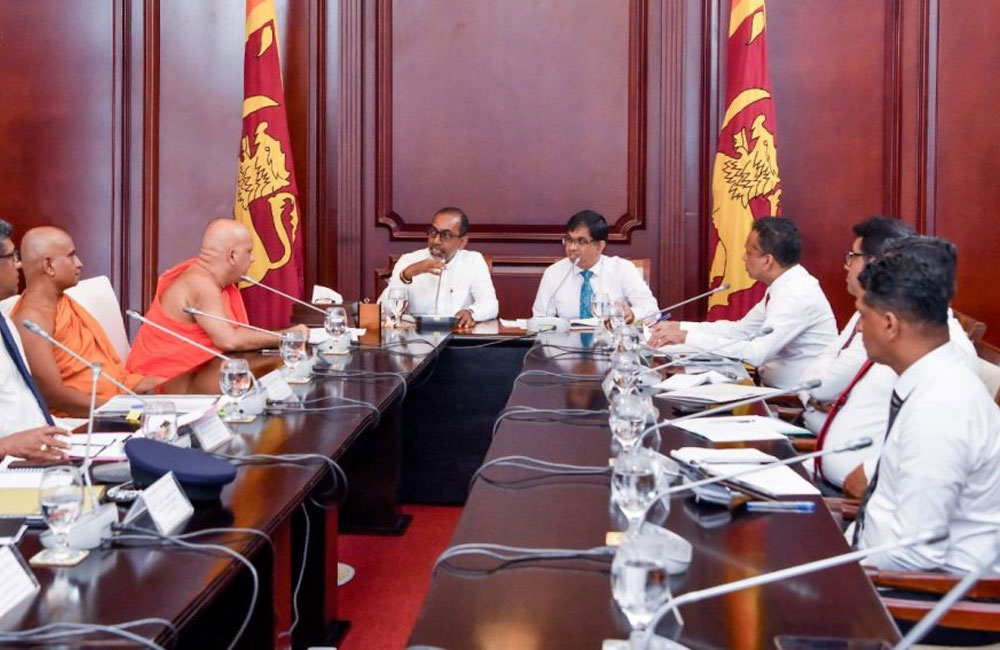
2025 Poson Festival to be held under full state patronage
The Chief incumbent of the Mihintale Raja Maha Viharaya, Venerable Walawahengunawewe Dhammarathana Thero has expressed his gratitude to the government for its decision to hold the 2025 Poson Festival with full state patronage.
Venerable Dhammarathana Thero made this remark during a discussion held today (21) at the Presidential Secretariat regarding the 2025 State Poson Festival, according to the Presidential Media Division.
The discussion was attended by Minister of Buddhasasana, Religious and Cultural Affairs, Dr. Hiniduma Sunil Senevi and Secretary to the President Dr. Nandika Sanath Kumanayake, among others.
Venerable Dhammarathana Thero stated that recommencing the State Poson Festival, which had been discontinued since 2023, and preserving it for future generations is a responsibility of the government, the PMD added.
In line with the State Poson Festival, a series of programs focusing on both material (āmisā) and spiritual (pratipatti) offerings is planned to commence from 1 June.
The Poson Week will be observed from 7 to 13 June, and during this period, a decision has been made to close all liquor stores in the Anuradhapura District.
The discussion also focused on providing all necessary facilities for the hundreds of thousands of people expected to visit Anuradhapura during the festival period.
Secretary to the President Dr. Nandika Sanath Kumanayake also instructed state officials to take necessary steps to provide all provisions and facilities required for the State Poson Festival.
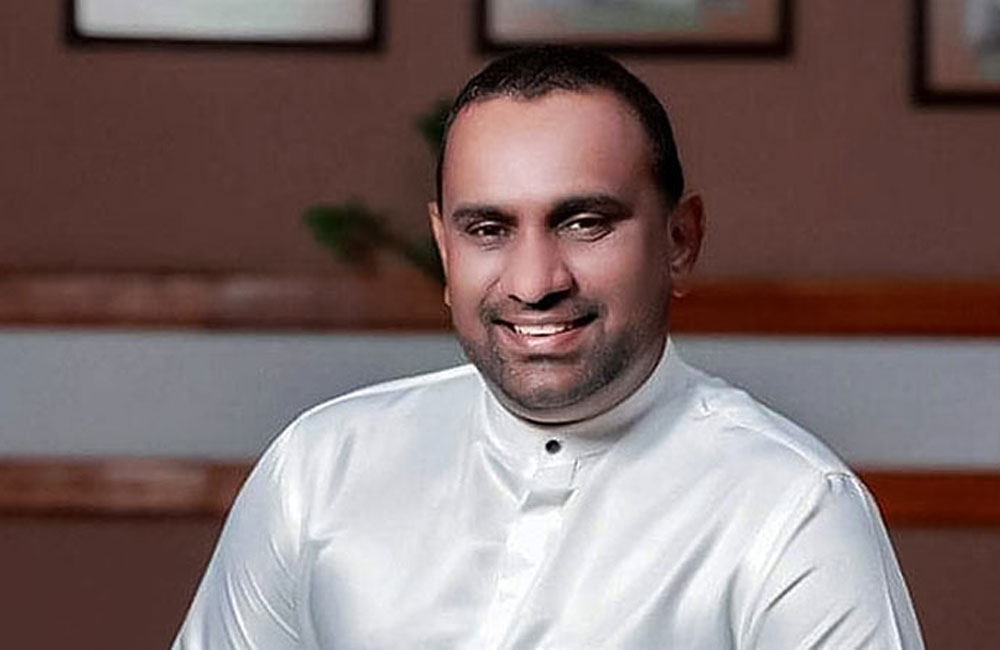
Chaminda Wijesiri Quits Organizer Post
Samagi Jana Balawegaya (SJB) Parliamentarian Chaminda Wijesiri has officially resigned from his position as the party’s electoral organizer for the Bandarawela constituency.
Speaking to News First, MP Wijesiri confirmed that he has submitted his resignation letter to Opposition Leader and SJB Leader Sajith Premadasa.
While the exact reasons for his resignation remain undisclosed, the MP stated that he will reveal the full details during a scheduled press conference tomorrow.
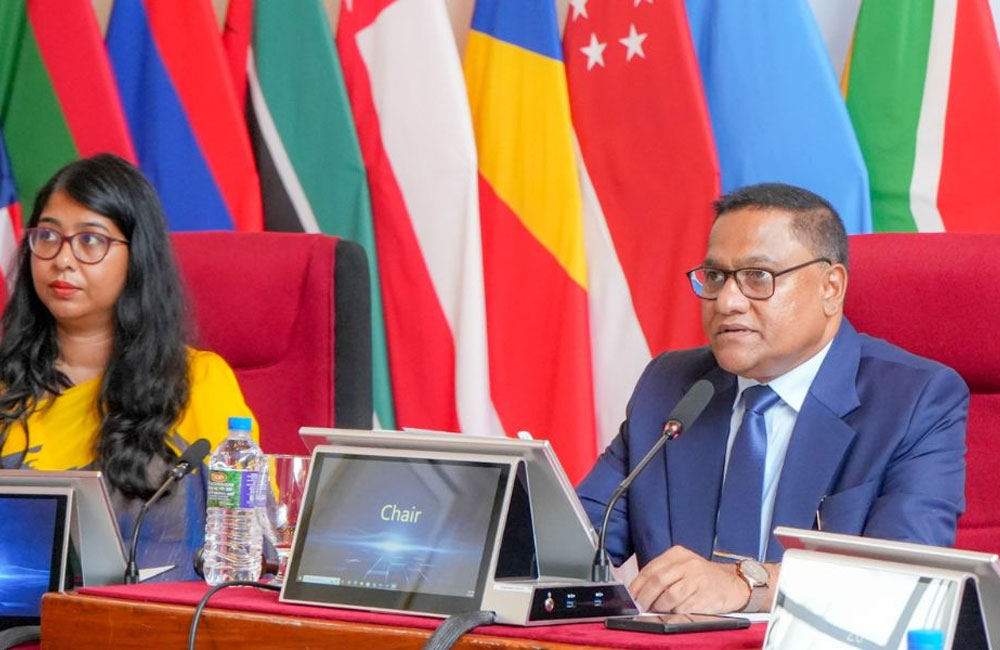
Sri Lanka Champions a Greener, Safer Indian Ocean
As the current Chair of the Indian Ocean Rim Association (IORA), Sri Lanka successfully convened the 24th Meeting of the IORA Council of Ministers and the 27th Meeting of the Committee of Senior Officials from May 19 to 21, 2025.
The high-level sessions were held virtually under the theme “Sustainable Indian Ocean for Future Generations.”
Delivering Sri Lanka’s opening statement, Vijitha Herath, Minister of Foreign Affairs, Foreign Employment & Tourism, underscored the critical importance of lasting peace in the Indian Ocean region as a foundation for sustainable development, regional security, and economic resilience.
Minister Herath reaffirmed Sri Lanka’s commitment to fostering a cohesive, inclusive, and forward-looking Indian Ocean community.
He emphasized the need for collaborative regional action to ensure the long-term sustainability, security, and prosperity of the Indian Ocean — a region that is home to over 2.7 billion people and serves as a vital artery for global trade and biodiversity.
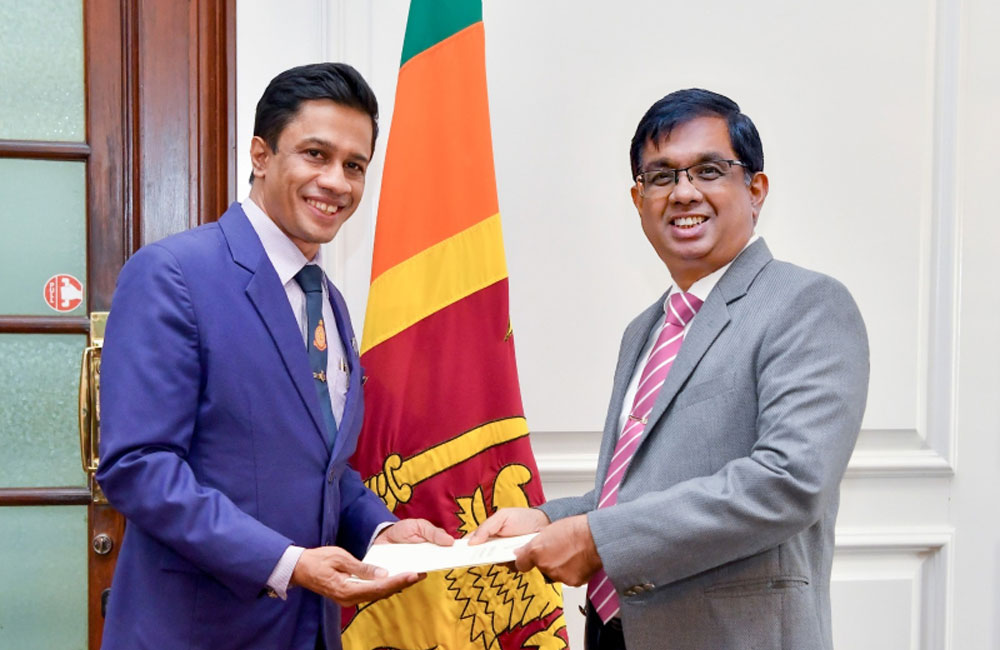
New Vice Chancellor appointed for University of Colombo
President Anura Kumara Disanayake has appointed Professor I.M. Karunathilake as the new Vice Chancellor of the University of Colombo.
The official letter of appointment was handed over to Professor Karunathilake today (23) at the Presidential Secretariat by Secretary to the President Dr. Nandika Sanath Kumanayake.
Professor I.M. Karunathilake is a pioneer in the field of medical education in Sri Lanka and holds the distinction of being the first Professor of Medical Education at the University of Colombo. He has been a member of the university’s academic staff since June 2000. He is an alumnus of the University of Colombo and the University of Dundee in Scotland, UK, and also holds senior fellowships from the UK’s Higher Education Academy and the Royal College of Physicians of Edinburgh.
Internationally recognized for his expertise in medical education, Professor Karunathilake has contributed significantly at both regional and global levels through his work with leading organizations such as the World Health Organization (WHO), the World Bank, the Asian Development Bank (ADB), the Asia Pacific Academic Consortium for Public Health (APACPH), and the South-East Asian Regional Association for Medical Education (SEARAME).
He has previously served as the Secretary of the Sri Lanka Medical Association (SLMA) and was the founding President of the College of Medical Educationists (CME) in Sri Lanka. He has also served as Vice President of the Organization of Professional Associations (OPA). In 2021, Professor Karunathilake was unanimously elected as Secretary-General of the APACPH, becoming the first Sri Lankan to hold this prestigious position.
With this appointment, Professor I.M. Karunathilake becomes the 20th Vice Chancellor of the University of Colombo, an institution originally established in 1921 as the University of Ceylon. (PMD)
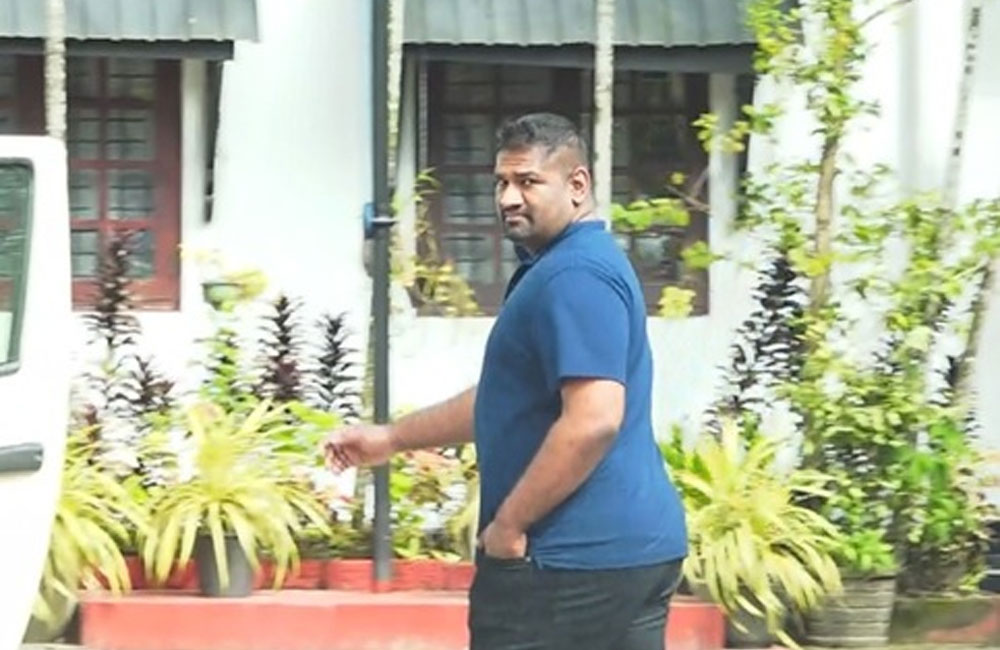
Ramith Rambukwella remanded over bribery case
Ramith Rambukwella, the son of former health minister Keheliya Rambukwella, has been remanded until 03 June in connection with a bribery case in which his father is also an accused.
The Colombo Chief Magistrate’s Court remanded Ramith Rambukwella after he was arrested by the Commission to Investigate Allegations of Bribery or Corruption (CIABOC) after recording a statement today.
Colombo Chief Magistrate Thanuja Lakmali yesterday granted permission to the Bribery Commission to name Ramith Rambukwella as a suspect in a corruption case linked to his father.
The court yesterday also further remanded former minister Keheliya Rambukwella until 03 June 2025, after he was arrested by the Bribery Commission in connection with 03 complaints related to corruption.
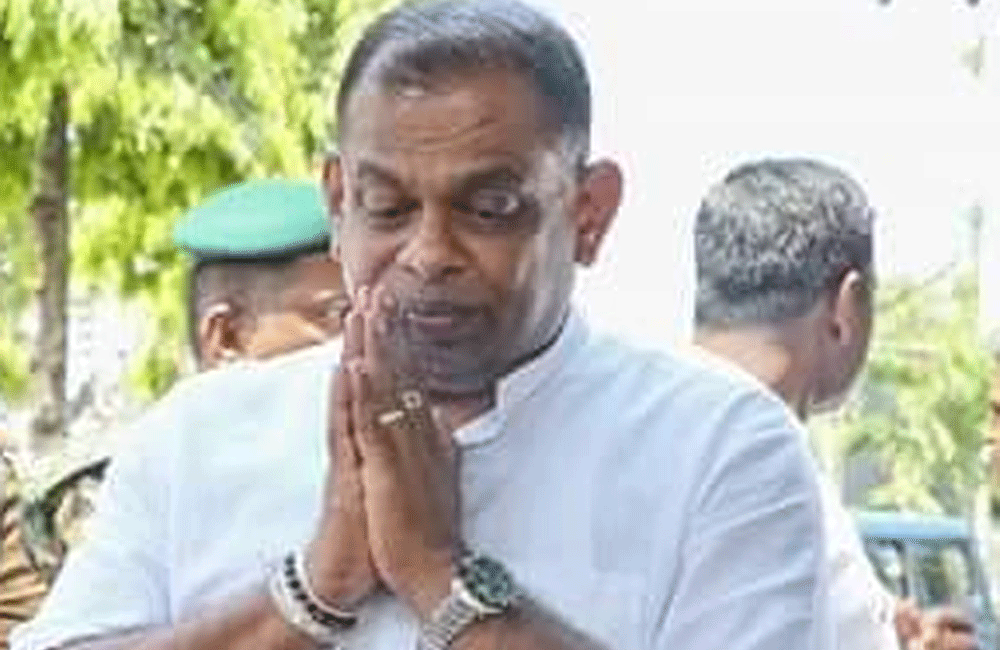
AG Prepared To Take Legal Action Against IGP Tennakoon
Deputy Solicitor General Yohan Abeywickrama informed Matara Magistrate Aruna Buddadasa that the Attorney General is prepared to take legal action against Inspector General of Police (IGP) Deshabandu Tennakoon in the future.
This follows the finalizing of the investigation report in connection to the alleged contempt of court by Deshabandu Tennakoon.
He also informed the magistrate that the report regarding the contempt of court charges against Deshabandu Tennakoon has also been finalized.
The Deputy Solicitor General made these submissions when the case filed over the shooting incident at the W15 Hotel in Weligama, Matara, was recalled today.
On April 25, the Matara Magistrate ordered an investigation to be launched into the actions of Deshabandu Tennakoon subsequent to being granted bail that could amount to contempt of court.
The magistrate emphasized that his court does not have the legal authority to take action in this regard and instructed the attorney general to take steps to file a case against Tennakoon in the Court of Appeal.
Accordingly, a case has been filed against Deshabandu Tennakoon for violating court orders and contempt of court, and also against Roshan Lakshitha, who transported him out of the court complex in a vehicle after he was granted bail.
Accordingly, Deshabandu Tennakoon and other suspects accused in the incident appeared in court today.
After considering the facts presented, the magistrate scheduled the next hearing for October 10 at 10:00 AM.
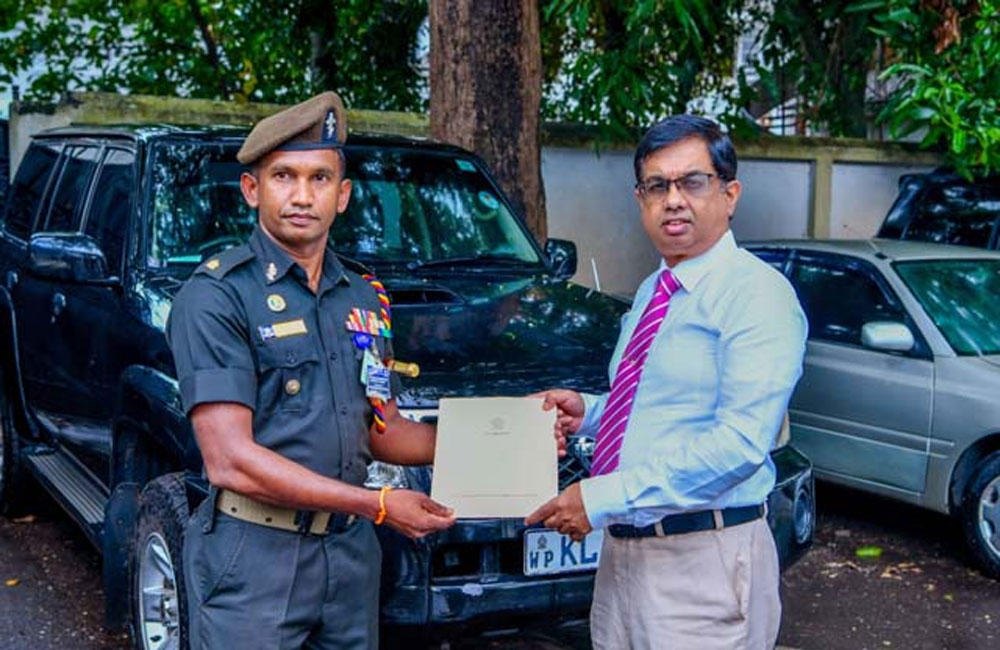
Presidential Secretariat donates 5 vehicles to rehabilitation centers for differently-abled war heroes
A total of five vehicles that were required by rehabilitation centers maintained for differently-abled war heroes have been handed over to the Ranaviru Seva Authority, the President’s Media Division said in a statement.
The documents related to the donated vehicles—provided under the directive of President Anura Kumara Dissanayake—were officially handed over to the Ranaviru Seva Authority by the Secretary to the President, Dr. Nandika Sanath Kumaranayake, according to the PMD.
Major Eranga Rathnayake of the Sri Lanka Army Headquarters accepted the documents on behalf of the Ranaviru Seva Authority at the Presidential Secretariat.
These vehicles are intended to support the activities of differently-abled war heroes receiving residential treatment at the Abhimansala wellness centers in Anuradhapura, Kamburupitiya, and Pangolla, as well as at the Mihindu Seth Medura in Aththidiya and the Ranaviru Sevana in Ragama.
The donated vehicles include two Mitsubishi Montero jeeps, one Nissan Petrol jeep, one Toyota Carina car, and one Toyota Hilux vehicle, the PMD added.
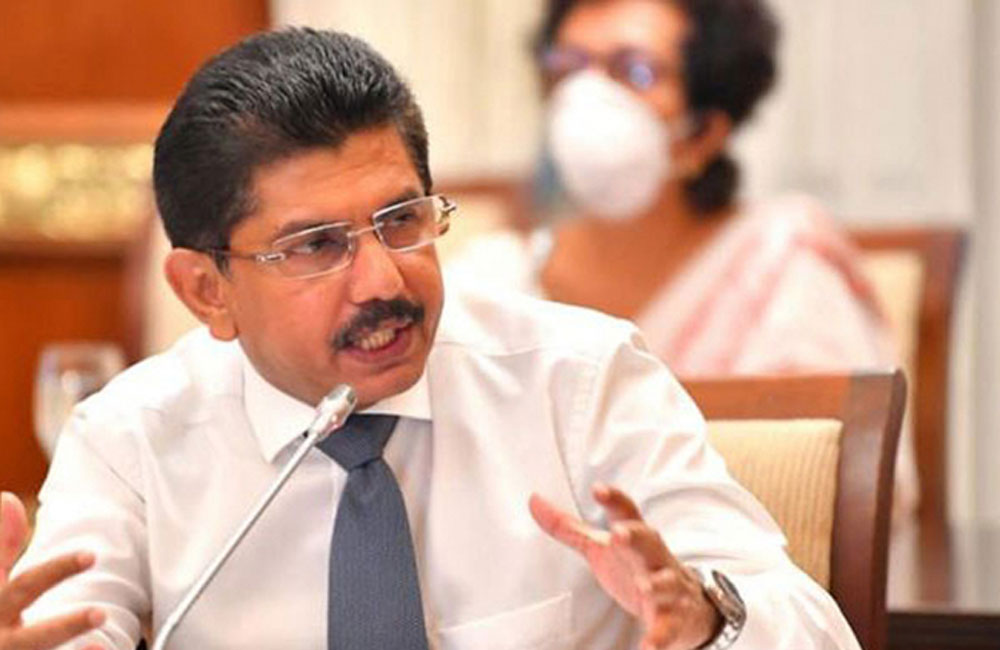
No new COVID-19 variant in Sri Lanka : Health Ministry
There is no risk of a new COVID-19 variant spreading in Sri Lanka Secretary to the Ministry of Health and Mass Media, Dr. Anil Jasinghe said, citing data from the Epidemiology Unit.
Issuing a statement, the Ministry of Health acknowledged recent media reports of rising COVID-19 cases in parts of Asia, noting that factors such as reduced population immunity could be contributing. Dr Jasinghe however assured that Sri Lanka has taken the necessary national-level precautions to safeguard public health.
The Ministry of Health said ongoing surveillance through selected hospitals has not detected an increase in COVID-19 patients. Laboratory systems remain active to identify any early signs of an outbreak.
While cases may rise periodically—similar to other respiratory illnesses like influenza—the risk to the general public remains low. However, special attention is advised for vulnerable groups, including the elderly, immunocompromised individuals, and those with chronic conditions.
Dr. Jasinghe also urged the public to maintain basic hygiene and respiratory etiquette, and to rely solely on official updates from health authorities.

TIN mandatory for bank accounts under new tax reforms
The Cabinet of Ministers has greenlit a proposal to amend the Inland Revenue Act No. 24 of 2017, introducing sweeping changes to Sri Lanka's tax administration framework. Chief among the reforms is the mandatory requirement for all individuals to provide a Tax Identification Number (TIN) when opening any type of bank account.
The move, presented by President Ranil Wickremesinghe in his capacity as Minister of Finance, Policy Planning and Economic Development, is part of a broader initiative to enhance tax compliance and improve revenue collection.
The amendments follow the enactment of the Inland Revenue (Amendment) Act No. 2 of 2025, which came into effect on April 1.
Under the new law, the withholding tax rate on interest income was raised from 5% to 10%.
However, the change sparked concern among low-income earners, as the advance income tax was being applied even to those earning below the annual tax-free threshold of Rs. 1.8 million.
In response to these concerns, the government has proposed a solution aimed at easing the burden on small depositors.
The Cabinet has approved the introduction of a self-declaration mechanism for individuals whose annual income falls below Rs. 1.8 million. Through this declaration, qualifying depositors can seek exemption from the 10% withholding tax on interest income.
Page 89 of 625